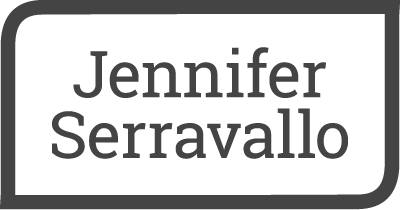How to Teach the Main Idea: Strategies to Develop Skilled Readers
August 11, 2025
Determining the main idea of an expository text can be challenging especially when the text is complex in content or structure and includes multiple points of view or different aspects of a topic. Even when students begin reading informational texts, they may home in on intriguing details and have difficulty establishing what a text is mostly about based on most of the details. However, to truly comprehend a text, readers must be able to identify the most important content.
Strategies that provide readers with a step-by-step way to uncover the central or main idea(s) can help students approach the text with purpose and confidence. Of course, the strategies that a second-grade reader might use and those that a middle school student will apply will be different since their texts will contain different structures and challenges, so kids need a versatile and have an increasingly sophisticated toolbox of strategies to turn to as they progress to increasing complex texts both in school and in life.
What Does the Research Say?
Expository texts—especially those that are engaging, and well crafted—include lots of interesting facts and eye-popping things to learn. So, it can be difficult for readers to parse through all the noteworthy information to determine the principal concepts and topics. Research shows that children are more likely to understand, and remember, what they read when they can sort details into categories.[1] Furthermore, studies have found that readers often need apply strategies and think through a well-defined process to successfully construct the main idea.[2]
How Do I Know If My Students Need to Work on Comprehending the Main Idea?
As your students are reading a text, either together or independently, ask questions at key points in the text to ascertain their ability to determine the main idea. Or you might ask them to jot down their thoughts or have them turn and talk to a partner. Here are a few prompts you might use:
· What is the topic of this text?
· What is this chapter, article, etc. mostly about?
· What is the main idea?
· What key topics are explored in this text?
How Do I Know Which Strategies to Teach?
The best way to determine which strategies will best resonate with your students is to use a skill progression to guide your selection. For instance, if your students are just beginning to identify the main idea, you’ll want to use strategies at the beginning of the skill progression that shows students how to notice main topics and how the book or text can be organized into subtopics. Whereas, if your students can synthesize information and infer a main idea, they are ready to consider text structure to determine multiple key topics.
Let’s look at a couple of strategies, one at the beginning and one near the end of the skill progression.
Beginning Strategy: Notice What Repeats
Skill Progression: Ready to determine subtopics.
Skills: Determining Importance | Synthesizing
Strategy: Pay attention to the word(s) that appear repeatedly throughout the text or a portion of the text. Think about what topic the repeating word(s) indicate how it relates to the main topic.
Prompts:
· What words repeat on each page?
· State the subtopic of just this part.
· The subtopic is part of the overall topic.
· You found the repeating word! Now, what’s the subtopic?
Advanced Strategy: Consider Structure: Problem/Solution
Skill Progression: Ready to consider structure to determine multiple main ideas or a main idea with complexity.
Skills: Inferring | Synthesizing | Analyzing
Strategy: Look for key words that indicate a problem-solution structure in the text. State the problem(s). Identify the author’s solution(s). Express the main idea, capturing both the problem(s) and solution(s).
Prompts:
· Identify a problem. Identify a solution.
· Where will you look to read about the solution the author proposes?
· Make sure your main idea statement includes both the problem and the solution.
· You can state your main idea as “If. . . then. . .” or “When. . . we should. . .”
Strategies provide students with a doable step-by-step process that allows students to actively visualize ways to identify main ideas. With use, the strategies become automatic, and students apply them with ease, allowing them to infer, synthesize, and analyze as they determine the most important content in any text.
For more strategies to determine the main idea, a helpful skill progression for strategy selection, assessment suggestions and more, check out The Reading Strategies Book 2.0.
References:
[1] Armbruster, B.B. & Armstrong, J.O (1983). Locating information in text: A focus on children in the elementary grades. Contemporary Educational Psychology, 18(2), 139–161.
[2] Afflerbach, P.P. (1190). The influence of prior knowledge on expert readers’ main idea construction strategies. Reading Research Quarterly, 25(1), 31–46.

